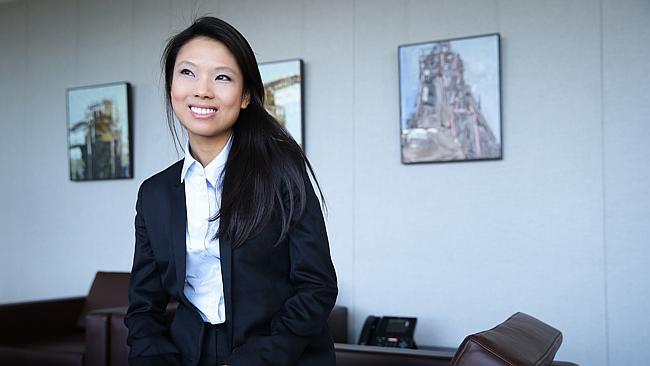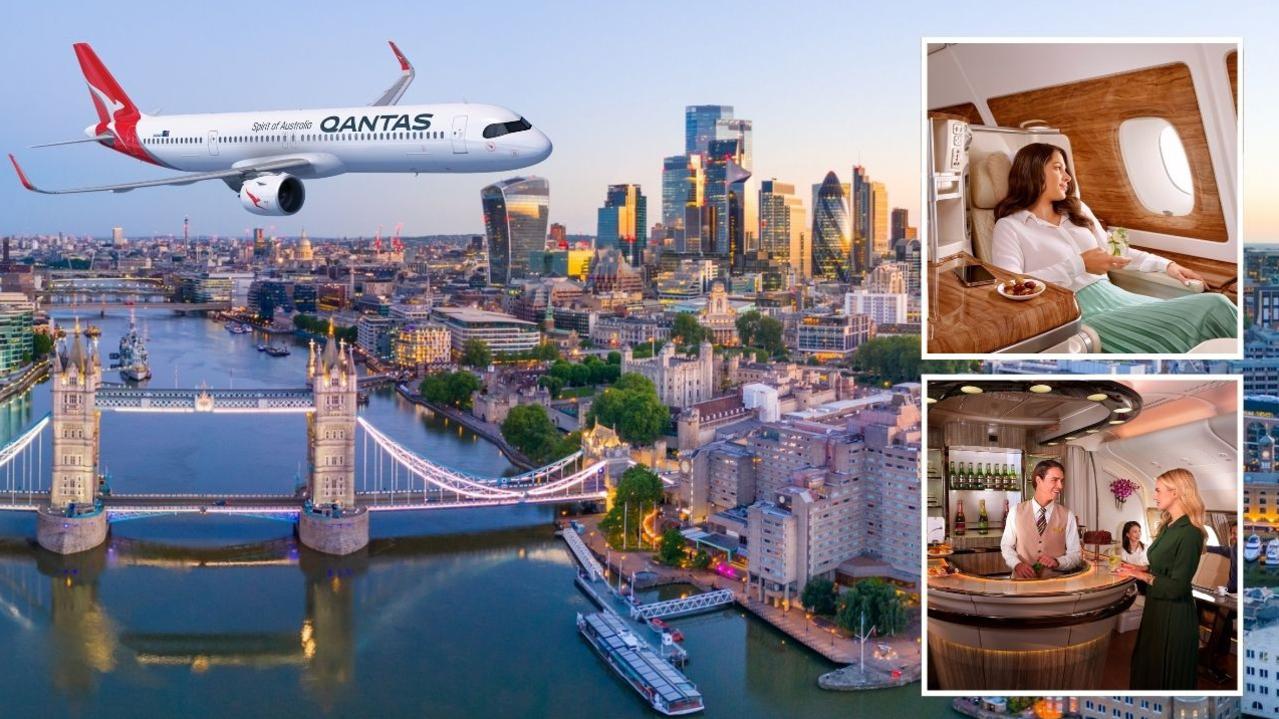Sky’s the limit for flying robot revolution
The aerospace and defence industries are on the cusp of a robot revolution.

The aerospace and defence industries are on the cusp of a robot revolution that will balloon into a market worth more than $US20 billion ($26.3bn) in the next 10 years as rapid developments in artificial intelligence drive a takeover of human-controlled drones and vehicles.
According to Beija Ma, an equity strategist at Bank of America Merrill Lynch, the coming “robot revolution” will transform the global economy by cutting the costs of doing business and increasing productivity for every sector it touches.
Ms Ma expects the defence sector to undergo a surge in adoption of robots and AI due to a desire by governments to reduce fatalities, increase accuracy, speed and endurance of weapons systems as riskier tactics are adopted.
According to her research, US military spending on unmanned aerial vehicles has grown 10-fold from $US283 million in 2000 to $US2.9bn this financial year despite downturns in overall US defence spending.
The sheer number of drones has also surged, with the inventory of unmanned aerial systems (UAS) growing from 167 to 11,000 between 2002 and 2013. Global military robot spending is also on the rise and expected to reach $US7.5bn by 2018, while total drone spending across military and civilian applications is tipped to reach $US123bn over the next 10 years.
Ms Ma is forecasting that spending on commercial drones alone will grow at a faster rate, rising by a factor of eight to $US4.8bn by 2021. However, she warns that the success of the UAV market will depend on regulation.
There is currently no unified global policy on drones, although countries such as the US, Sweden, France, and Britain have passed legislation allowing private operations.
Commercial aviation, however, is unlikely to be affected by the rise of the robots in the medium term.
While advances in sensor technology, computing and AI are accelerating the adoption of self-driving cars, pilotless planes remain a taboo subject in commercial aviation circles. This comes despite the sector being a heavily automated and hi-tech enterprise, with modern aircraft constantly relying on software to track position and motion sensors for altitude correction. Software systems are also used to land commercial aircraft.
“In terms of transportation we are seeing a lot of progress in military and commercial drones,” Ms Ma said. “But we’re not likely to see a drone flying around a jumbo jet, yet.
“Commercial aviation is still dominated by pilots. I think robotics and AI will be much more disruptive for e-commerce. Amazon is the best example of this with its experiments in drone delivery.”
Other sectors also stand to greatly gain through the adoption of robots and AI, including the automotive and transport industries, financials, health care, industrials, services and agriculture and mining.
Global sales of robots topped $US10.7bn in 2014, with China, the US, Japan, Korea and Germany accounting for 70 per cent of the market, Ms Ma said.
She predicts the robotics and artificial intelligence business will hit $US153bn in total by 2020, with $US83bn being spent on robotics and $US70bn for AI solutions and analytics.



To join the conversation, please log in. Don't have an account? Register
Join the conversation, you are commenting as Logout